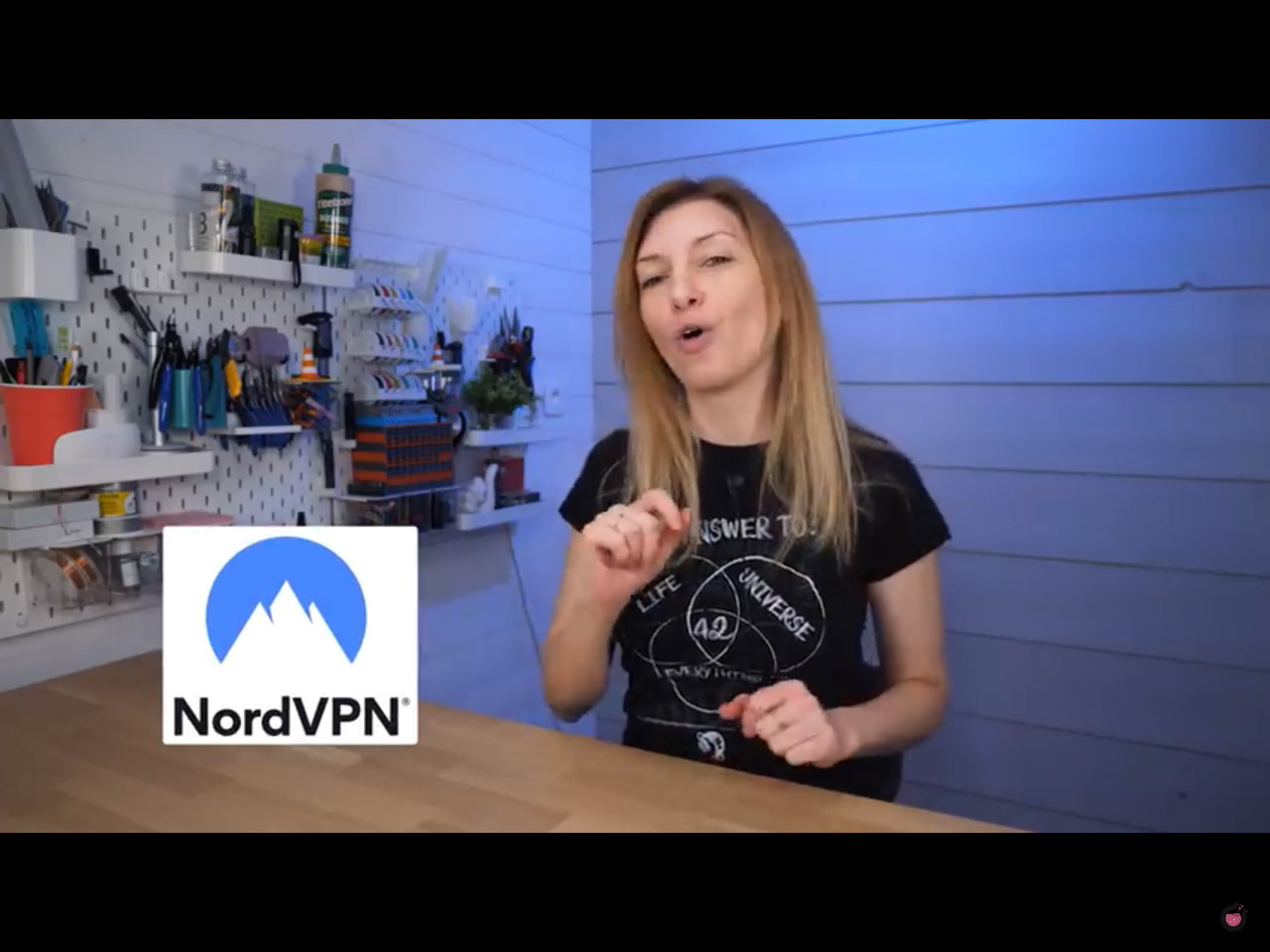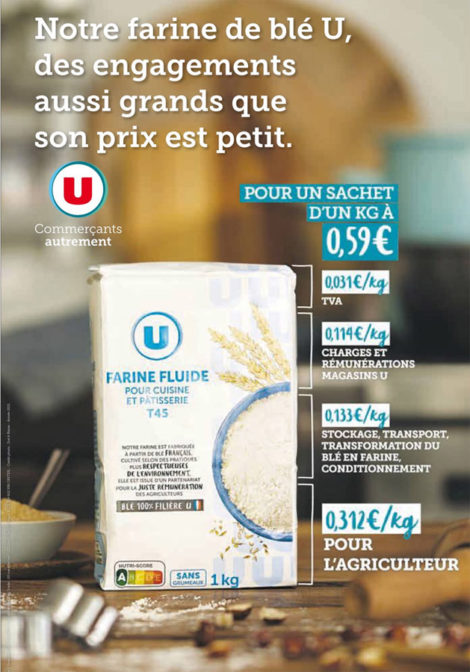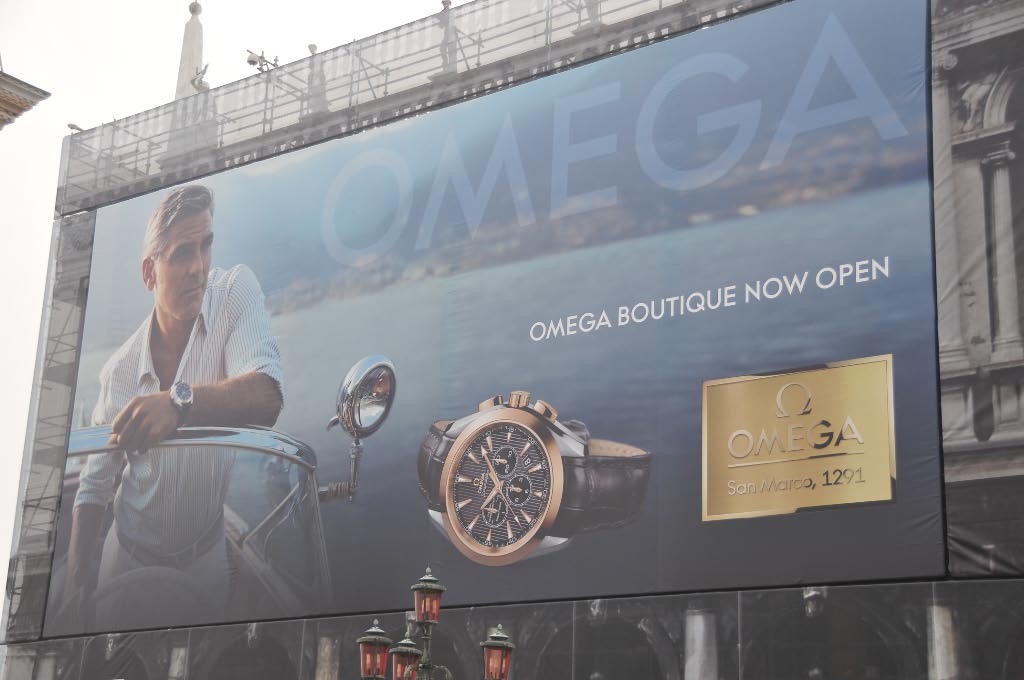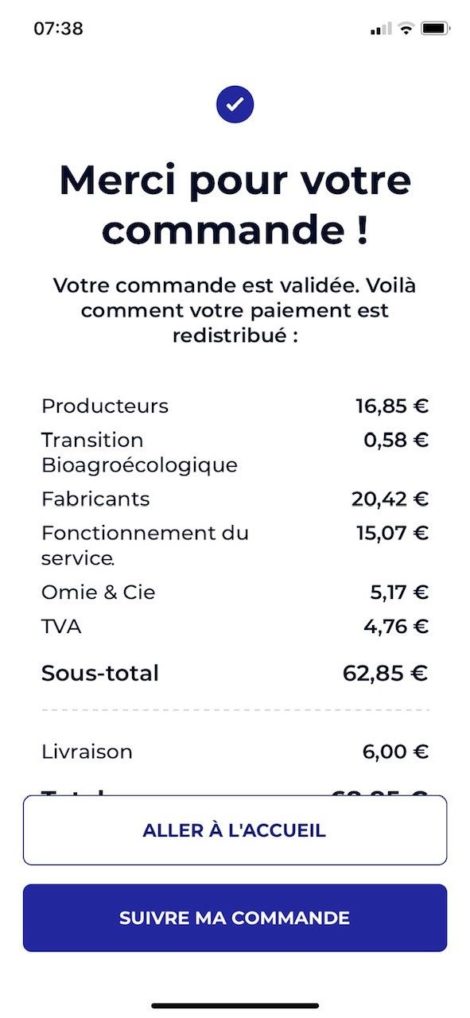Marketing Mix : promotion
Published on 23 October 2021'Marketing mix terminology',The third pillar of the marketing mix is called “Promotion.” These activities aim to make the company known, grouped under the term “communication policy.” The “promotion” dimension is part of the 4P model invented by McCarthy (1961).
For a general overview of the history and development of the marketing mix, visit our guide.
Marketing mix: the 4 facets of the P of “Promotion
- Promotional strategy
- Strategic communication
- Chosen channels of communication
- Frequency of repetition
Promotion strategy
Questions to ask: How does the company promote itself or its product? Does it invest in advertising (if so, through which channels)? Does it practice inbound or outbound marketing? Are promotional campaigns used to increase the company’s awareness?
Examples: Some companies like IntoTheMinds do not practice outbound marketing. They rely on inbound marketing to find customers. Inbound marketing is a strategy that consists of letting customers come to you rather than going out and soliciting them. IntoTheMinds develops an online content strategy in order to optimize its natural referencing (SEO) which allows it to increase its online visibility to the detriment of its competitors.
Nord VPN relies a lot on the sponsorship of YouTube videos to make its VPN software known. Rimac lends its cars to influential YouTubers to help them create interesting content that will make the brand known.


Strategic communication
Questions to ask: What is the content of the messages the company is sending out? What image does the company give of itself or want to provide? Is this image in line with what customers perceive?
Examples: Omie is a French brand whose entire communication is transparent and a fair distribution of profits. The U stores (France) follow a similar communication strategy in their latest advertising campaign in France by detailing the distribution of margins between the different links in the value chain.

Chosen channels of communication
Questions to ask: What are the company’s preferred communication channels? Are certain channels reserved for specific messages? Why has the company chosen this or that channel?
Examples: Richard Mille, a luxury watch brand, sponsors events whose image aligns with the brand’s marketing positioning. Partnerships are also concluded with sportspeople to reinforce this positioning. In the same sector, Patek Philippe publishes a magazine for its customers.
In addition to these specific communication channels, the marketing mix is more generally based on traditional advertising methods (radio, television, press, out-of-home, digital). The Covid crisis has impacted the traditional media, and the digital channel has benefited from it.

Credits: Gilbert Sopakuwa via Flickr.


Frequency of repetition
Questions to ask: How often does the company communicate to customers? In the digital world, how many impressions or views are generated?
Examples: The persistence of the advertising message is linked to its repetition. Companies that communicate via traditional channels (TV, radio) therefore buy advertising slots to ensure the repetition of their advertising message among their targets.
In the digital space, the principle is the same. YouTube, for example, is now a space invaded by short advertising messages. These are repeated with unprecedented frequency at different points in the videos you watch. As we explained in this article, it is critical to adjust the frequency and recency of online ads to ensure an optimal CTR (Click-Through-Rate).

